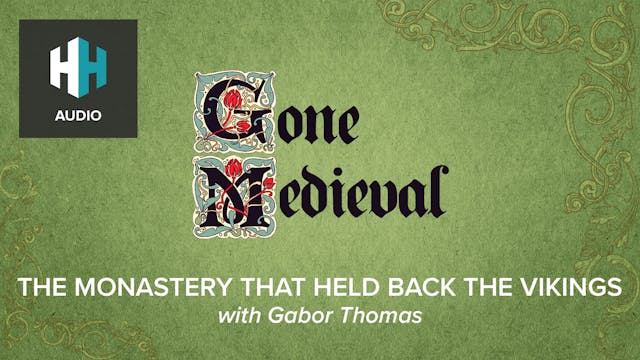Before modern humans walked the earth, and even before the Neanderthals, Homo Erectus dominated the plains of Africa. Eventually migrating across the land, with evidence of their existence being found in locations like Java, Homo Erectus survived for 2 million years. But how did they succeed where others failed, and become the most wide spread human species on earth at this time?
In this episode, Tristan is joined by Professor John McNabb from the University of Southampton, to explore the fascinating history of Homo Erectus. Looking at a number of tools they used to survive, including a pre-historic Swiss Army Knife, what can the archaeology tell us about the evolution of humankind and can we learn anything from our distant ancestors?
Up Next in Archive of Dan Snow's History Hit 🎧
-
🎧 Aphrodite: Goddess of Love
This episode contains graphic references.
Aphrodite is the goddess of love and beauty in Greek mythology.
Her origin story is one of the more colourful ones, being born from the foam of Uranus’s castrated genitals. Her life is no less dramatic, and one where love and war are intimately connecte...
-
🎧 The Monastery That Held Back The Vi...
For monks and monasteries in Anglo-Saxon England, obliteration by Vikings was a constant threat. Like Lindisfarne - first raided in 793 AD - religious houses were frequently preyed upon by marauding Danes searching for rich and easy pickings. But just how devastating were these raids? And were so...
-
🎧 The Nazca Lines
Carved into the Peruvian landscape over a millennia ago, the Nazca lines are some of the most famed, and ancient, geoglyphs in the world. When viewed from above they create astonishing, detailed images of animals that were sacred to the Nazca people. But despite being some of the most well known ...




1 Comment